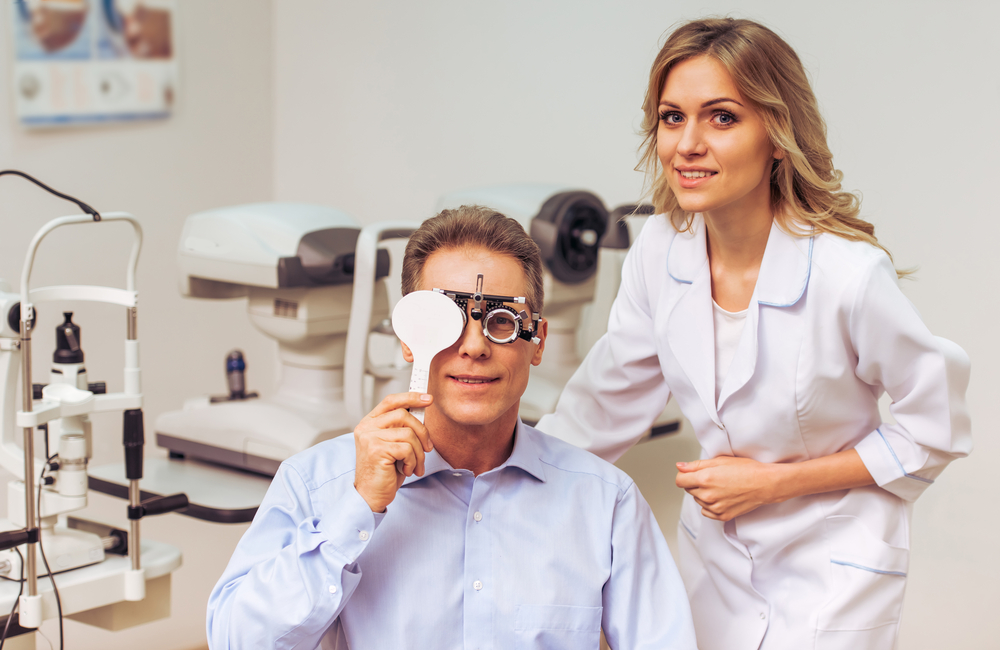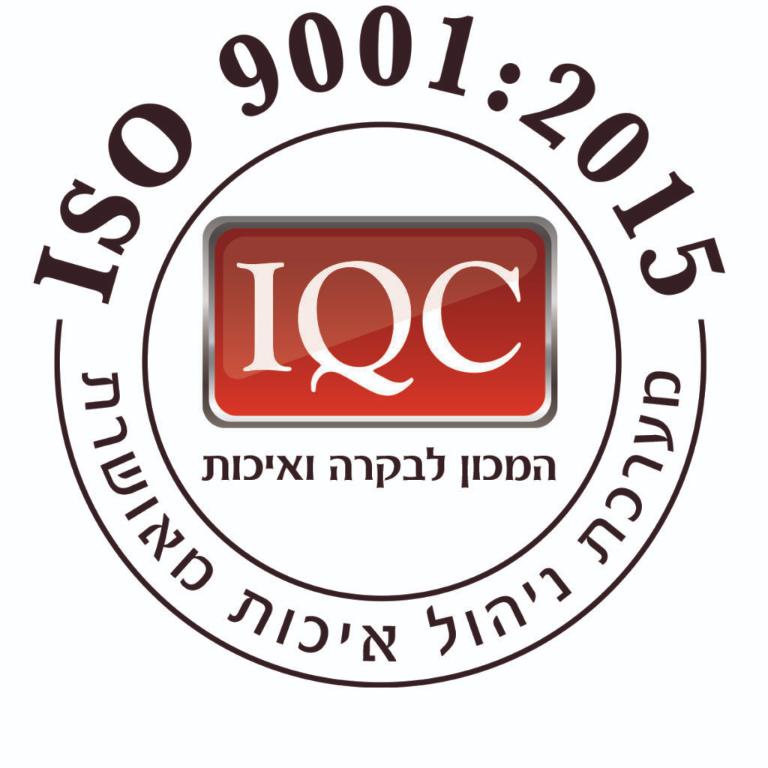Living with keratoconus can be challenging. Beyond distorted vision, it can significantly affect one’s overall quality of life. For many patients, a breakthrough treatment known as keratoconus ring implantation brings new hope. In this article, we explore the powerful impact of this procedure through the real stories of those who’ve undergone it.
What Is Keratoconus Ring Implantation?
At the forefront of keratoconus treatment is a minimally invasive procedure involving the surgical placement of small, crescent-shaped intrastromal corneal rings (ICRs). These devices reshape and stabilize the cornea, reducing the irregularities caused by keratoconus and improving optical clarity.
For patients in advanced stages, this procedure can be a major turning point in their visual journey.
Guided by Precise Corneal Mapping
Using advanced corneal mapping technology, specialists at M’Eye Clinic can plan the optimal ring placement to ensure the best possible outcome. The rings help flatten and regularize the cornea, improving vision and delaying or preventing the need for corneal transplant.
How Is the Procedure Performed?
The procedure involves creating small channels in the corneal stroma where the rings are carefully inserted. Each eye is treated separately, with the surgery lasting approximately 15 minutes per eye. Procedures are typically spaced out to allow for proper healing.
Key Benefits of Ring Implants
- Enhanced vision clarity
- Stabilization of the cornea
- Improved tolerance for contact lenses or glasses
- Reversible and adjustable procedure
For many, this procedure enables a return to everyday activities like reading, driving, and sports—often with a boost in confidence and independence.
“Before the procedure, I struggled with blurred vision and constant discomfort,” shares Sarah, a patient at M’Eye Clinic. “After the ring implants, I can finally see the world clearly. It changed my life.”
Mapping the Anterior and Posterior Cornea
- Anterior corneal mapping focuses on the front surface of the cornea and is crucial for identifying astigmatism and planning interventions.
- Posterior corneal mapping provides insight into deeper corneal abnormalities and is essential for monitoring keratoconus progression.
Both are used in pre-op planning and ongoing treatment evaluation.
Beyond Surgery – A Holistic Approach to Keratoconus
While keratoconus ring implants are a powerful tool, optimal outcomes rely on a multidisciplinary approach. This may include:
- Custom scleral or mini-scleral lenses
- Long-term corneal monitoring
- Visual training programs
- Adjustments to treatment based on disease progression
M’Eye Clinic is committed to tailoring treatment to each patient’s unique condition.





